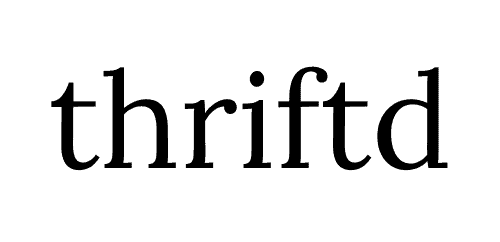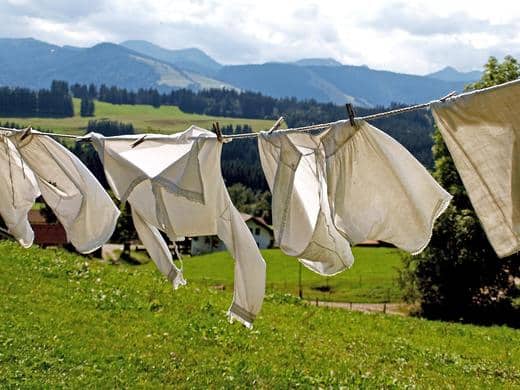Fashion is mostly seasonal and trend-based. Clothes are currently being made as cheaply as possible to promote frequent or volume purchases, allowing most of the consumers to be trendy without blowing all of their money away. However, our purchasing decisions cause several detrimental consequences, both socially and environmentally.
Nevertheless, not everything is lost. As each year passes, fashion consumers are becoming increasingly more aware of the negative impacts of their purchasing choices on the environment, which is a positive change. People who are becoming more and more aware of the effects of their over-reliance on fast fashion are the people who are going to slow down and make more sustainable fashion choices. One of those sustainable fashion choices is turning to secondhand clothing.
What is secondhand clothing?
Secondhand clothing is the process of recycling used and unwanted clothing. This reciprocal transaction of secondhand clothing between the retailer and the customer saves an incalculable amount of unwanted clothing ending up in the landfills.
Nowadays, many labels choose to market their collections as “sustainable,” “green,” and “eco-friendly.” However, how sustainable are you being when you are buying something brand new? Nothing is more sustainable than refusing to disregard the item and finding ways to give it new life and use it more. Here is why second hand clothing is the present and the future of sustainable fashion:
Buying secondhand clothing is more ethical and eco-friendly.
Customers are buying more clothing than ever, and the quality of clothing is worse than ever. To satisfy the market, fast fashion companies are making more clothes than ever.
The fashion industry alone is responsible for 8 to 10% of global carbon emissions, and it has its hand in water use and exploitative labor practices. Buying secondhand clothing means giving another chance to the disregarded garment without harming the ecosystem.
Buying secondhand clothing is good for the environment.
Buying second hand clothes reduces the environmental impact by limiting the use of pesticides and fertilizers and CO2 emissions. Making a simple choice to buy second hand instead of new can reduce the waste of billions of liters of water used to produce new clothes.
Buying secondhand means supporting ethical working conditions.
Fast fashion companies’ working conditions are often sorrowful, such as sexual harassment cases and inadequate safety measures. Research has shown that around 80% of garment workers are women between the ages of 18 and 24 (but many of them are even younger). These women are often earning less than $3 per day, which leaves them locked into poverty and dependent on the small wages. By buying fast fashion, you are supporting this treatment of garment workers all around the world. By buying secondhand clothing, you are supporting your local community (more on that below).
By buying secondhand clothing, you are supporting the communities and charities in need.
A massive chunk of the money you pay for fast-fashion clothes is going to the company’s owner pocket, and a tiny chunk ends up in the pocket of the worker who actually made the garment.That is not the case for buying secondhand. Many second hand stores are donating a portion of their earnings to charities and communities of different kinds. Our store donates a portion of profits to Australian charities to ‘Save a koala,’ ‘Plant a tree’ and ‘Buy a bale of hay for a farmer‘. Our mission is not to harm our local ecosystem, but our mission is to improve it as well.




